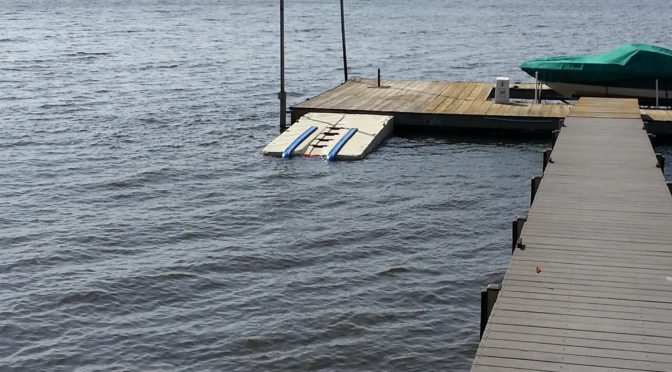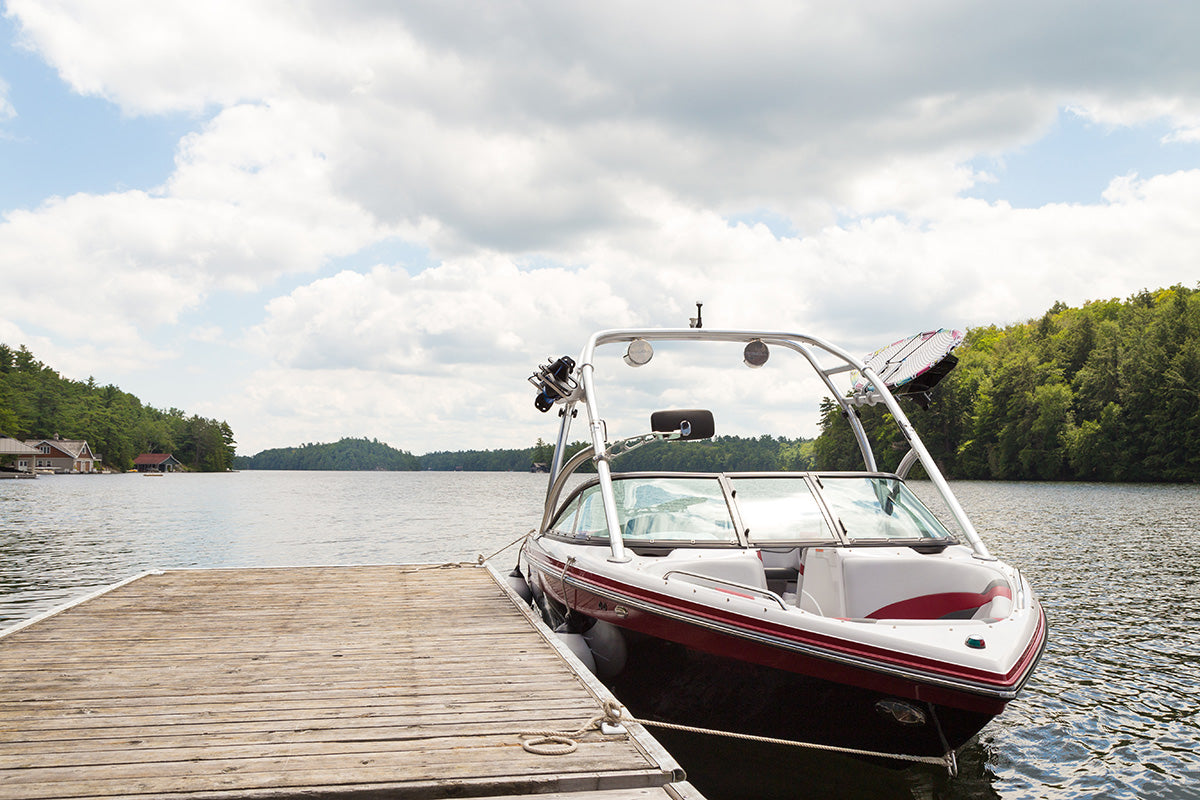The Importance of Timely Dock Repairs for Beachfront Safety And Security
The Importance of Timely Dock Repairs for Beachfront Safety And Security
Blog Article
Efficient Dock Fixing Techniques: Guaranteeing Structural Stability
Making certain the architectural integrity of anchors via effective repair service strategies is extremely important for the longevity and safety and security of aquatic centers. This involves a multi-faceted approach starting with thorough inspections making use of sophisticated innovations like sonar devices and remotely operated automobiles (ROVs) to spot both noticeable and hid damages. Ultimately, selecting the best repair service products, such as composite materials and corrosion-resistant alloys, is important for toughness. Architectural support methods, including the implementation of cross-bracing systems and load-distribution plates, play an essential function in mitigating stress and anxiety factors. The relevance of these techniques comes to be obvious when discovering sophisticated repair approaches and preventative maintenance approaches.
Assessing Dock Damages
Examining dock damages is a crucial very first action in making certain the structural integrity and safety of any docking facility. Key elements to check out consist of the dock's foundation, pilings, decking, and hardware (Dock Repairs).
Structural engineers or qualified inspectors usually do these analyses making use of specialized tools and techniques. For instance, undersea examinations could use finder devices or remotely operated cars (ROVs) to spot submerged damages. Over water, visual assessments are complemented by utilizing dampness meters and various other diagnostic tools to reveal underlying issues not instantly noticeable to the nude eye.

Choosing Repair Service Products
Selecting the suitable repair work products is a crucial action in the dock restoration process, one that directly influences the durability and efficiency of the fixed framework. Product option must be driven by elements such as environmental conditions, load-bearing requirements, and compatibility with existing dock elements. As an example, timber is a typical selection for anchors due to its natural resilience and aesthetic appeal. Choosing the appropriate type of timber, such as pressure-treated lumber or naturally rot-resistant types like cedar or teak, is important to endure aquatic environments.
Along with timber, composite materials are progressively popular due to their toughness and low maintenance needs. Composites, typically made from a mix of plastic and wood fibers, supply exceptional resistance to rot, insects, and UV damages. For metal anchors, selecting corrosion-resistant alloys such as galvanized steel or marine-grade aluminum is vital to stop rust and make certain structural honesty in saline water conditions.
Epoxy resins and marine-grade sealers are important for fixing cracks and securing joints, providing a water resistant obstacle and enhancing the dock's total strength. By thoroughly picking top quality products, dock repairs can accomplish durable results, consequently safeguarding versus future deterioration and ensuring safe, trustworthy usage.
Structural Support Strategies
Effective structural reinforcement methods are important in ensuring the stability and durability of dock repair services. One essential approach involves making use of steel or composite reinforcement bars (rebar) within concrete frameworks. Rebar supplies added tensile toughness, preventing splits and distributing loads much more uniformly. This technique is especially efficient for anchors exposed to heavy loads or harsh environmental conditions.
Another vital technique is the application of fiber-reinforced polymers (FRP) These materials supply high strength-to-weight proportions and superb resistance to deterioration, making them suitable for strengthening concrete or wooden anchors. FRP can be used in strips or sheets and bonded with epoxy materials to improve structural integrity.
Supporting and anchoring systems also play an essential role in architectural support. Cross-bracing, making use of metal or wooden light beams, can combat lateral pressures, minimizing swaying and activity. Securing systems, such as helical piers or driven piles, give a stable structure by check over here transferring loads to much deeper, much more secure soil layers.
Lastly, the assimilation of load-distribution plates can assist distribute weight extra evenly throughout the dock's surface, mitigating local stress factors. These techniques jointly guarantee that anchors remain risk-free and robust, qualified of enduring the roughness of their operational setting.
Advanced Repair Work Approaches

One more innovative technique includes undersea welding, which allows for repair work to be conducted without the need to dewater the location. This approach is particularly helpful for attending to structural concerns in immersed dock parts, making certain marginal disruption to operations. Improved welding methods, combined with robotic systems, provide accuracy and integrity, consequently expanding the lifespan of the dock.
Additionally, cathodic defense systems are implemented to stop corrosion in metal dock structures. By utilizing sacrificial anodes or pleased existing systems, these techniques efficiently alleviate the electrochemical processes that bring about product wear and tear.
Lastly, advanced monitoring innovations, such as architectural health and wellness surveillance (SHM) systems, supply real-time data on the condition of dock structures. These systems allow proactive maintenance advice and prompt treatments, ultimately ensuring the long-term structural honesty of the dock.
Maintenance and Avoidance
Maintenance and avoidance are fundamental ideas that underpin the longevity and security of dock structures. Normal assessments are extremely important, allowing for early discovery of wear and tear, potential weak points, and ecological impacts. A proactive technique, including regular look for rust, rot, and architectural changes, mitigates expensive repair services and extends the dock's operational life.
Precautionary procedures ought to consist of using safety coatings to steel elements to secure against corrosion and using cured timber to stand up read this post here to decay. Additionally, guaranteeing proper water drainage and ventilation can avoid water accumulation, which is a typical reason for structural destruction. Incorporating high quality materials and sticking to supplier standards during building and construction and repair phases also play crucial roles in enhancing toughness.

Educating personnel in dock upkeep finest methods guarantees regular application of preventative actions. Leveraging technological breakthroughs, such as drones for examinations and sensing units for real-time monitoring, can additionally improve upkeep efforts. By focusing on maintenance and prevention, dock owners can guarantee architectural integrity, operational security, and affordable management over the dock's life expectancy.
Conclusion
Finally, maintaining the architectural integrity of aquatic facilities requires extensive dock repair strategies. Thorough inspections making use of innovative tools discover both visible and hid problems, while the selection of ideal repair service products improves resilience. Implementing structural reinforcement techniques addresses stress factors successfully. Advanced fixing strategies, paired with normal maintenance methods, make sure the dock continues to be secure and operational under varied environmental problems. Adopting these techniques significantly prolongs the lifespan and capability of aquatic facilities.
Ensuring the structural stability of docks with efficient repair work strategies is extremely important for the long life and safety of marine centers.Picking the ideal repair materials is a pivotal action in the dock repair procedure, one that directly affects the longevity and efficiency of the fixed structure.Effective structural reinforcement methods are vital in ensuring the security and durability of dock repair services. By focusing on upkeep and avoidance, dock owners can ensure structural integrity, functional safety and security, and cost-efficient administration over the dock's life-span.
In final thought, keeping the structural honesty of marine centers necessitates thorough dock repair service techniques.
Report this page